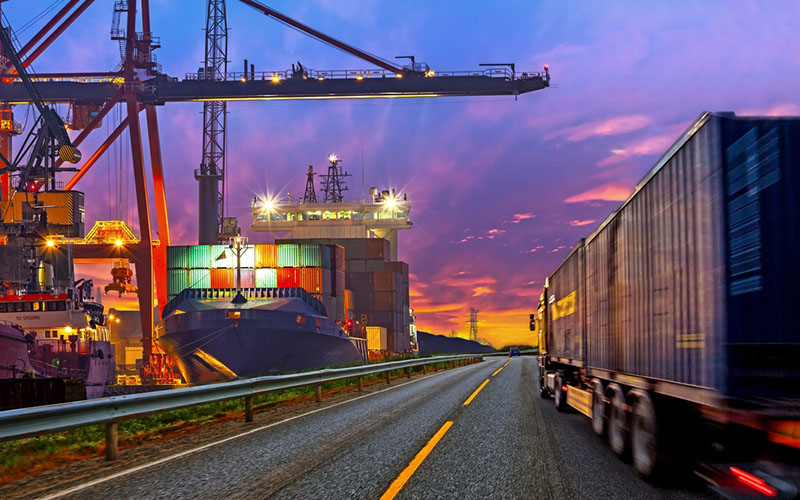How a Unified Logistics Approach Drives the Customer-Centric Supply Chain
No matter the hurdles of 2020, Logistics was up for the challenge. It kept production running and critical supplies flowing while adjusting to the shocks in demand and supply patterns and delivering essential goods.
The industry has already begun its transformation into a pull paradigm. To adjust to a new logistics footprint, operations are catering to smaller and more frequent shipments, while increasing its stronghold in eCommerce. With shippers and Logistics Service Providers (LSPs) attempting to increase their capabilities for market share gain, gone will be reactive bulk handing, serial execution, and long planning cycles.
Now it’s time for logistics to up its game — again.
How can it morph from inside-out, efficiency-focused to a model that’s outside-in and centered around the customer experience? We believe the future of logistics is unified logistics, where shippers and LSPs can seamlessly plan, optimize, and orchestrate across nodes and networks, resulting in consistently higher customer service levels and efficiencies.
Let’s discuss the aspects that make unified logistics a reality.
Boundaryless Orchestration
Existing logistics systems are usually configured with static, pre-setup actions, and often lack advanced visibility. Even if visibility exists, the functionality does not allow timely execution. Warehouse systems may not be able to consider transportation information and vice versa.
Upstream Supply Chain Knowledge
Traditionally, transportation systems lack order visibility and updated supply chain plan information. In the warehouse, traditional distribution and fulfillment operations rely on aggregate and longer-term forecasts to plan labor schedules. The inventory positions in warehouse systems are determined by historical patterns and longer-term forecasts, causing operations to be reactive.
Digital Ecosystem and Network
The historic approach to collaboration and point-to-point integration won’t create an easy path to real-time communications for carriers and LSPs. Now with access to the digital network, shippers can tap into carrier networks, take capacity into considerations for order promising, and select last-mile delivery providers. Before, the carrier selection process was highly manual and used static rates, and now shippers can perform Dynamic Price Discovery to view freight rate quotes from carrier marketplaces.
Unified Logistics, powered by our Luminate Logistics and Luminate Platform solutions, arms shippers and LSPs with the ability to seamlessly plan, optimize, and orchestrate supply chain execution. They can gain consumer confidence by truly delivering the right product, to the right place, at the right time — even if the lot size is small.
Read more at How a Unified Logistics Approach Drives the Customer-Centric Supply Chain
Leave your comments below for discussion and subscribe to us for more updates.





